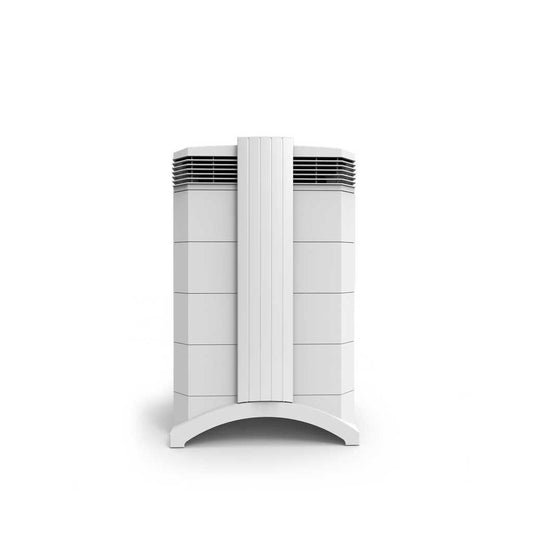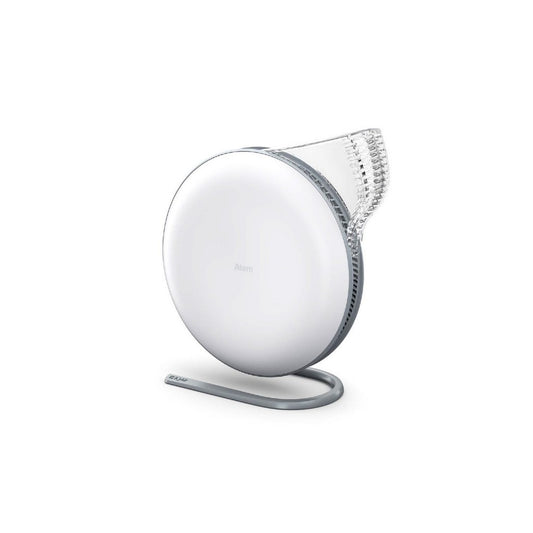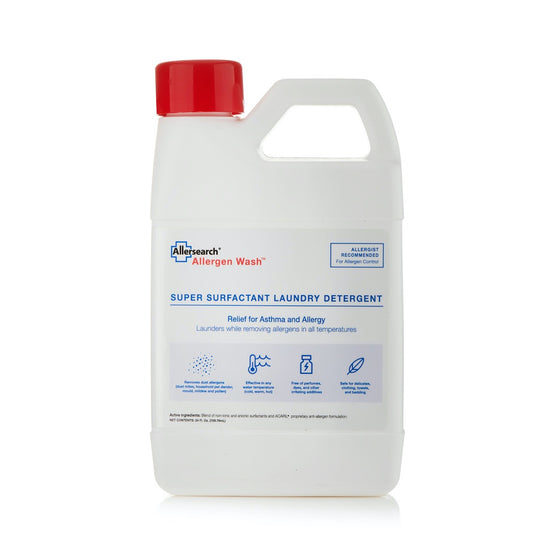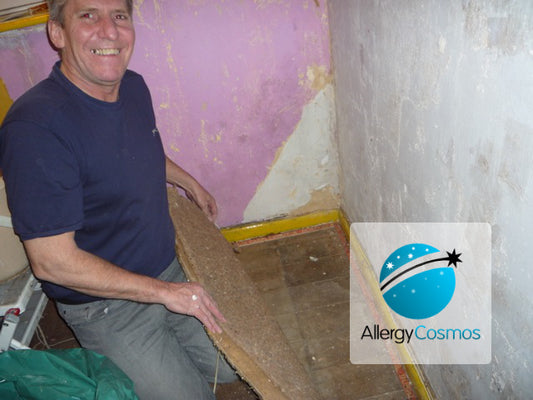
Allergy Symptoms
Allergy Symptoms can manifest themselves in a vast range of symptoms, such as sneezing, coughing or a runny nose. When you have an allergic reaction, the immune system overreacts to exposure to an allergen such as house dust mite, diesel pollution, pet dander or pollen. Allergy symptoms may be mild, or severe to the extent where they can be life-threatening.
Frequently Asked Questions
How do allergy symptoms happen?
What are the main allergy symptoms?
How can I prevent allergy symptoms from occurring?
Are allergy symptoms medically serious?
What are the symptoms of urticaria?
Related Products
-
Allersearch ADMS Anti-Allergen Dust Spray
Regular price £20.95Regular priceUnit price per -
IQAir HealthPro 100 Air Purifier
Regular price £899.00Regular priceUnit price per -
IQAir Atem Desk
Regular price £399.00Regular priceUnit price per -
Allersearch Allergen Wash
Regular price £22.95Regular priceUnit price per








